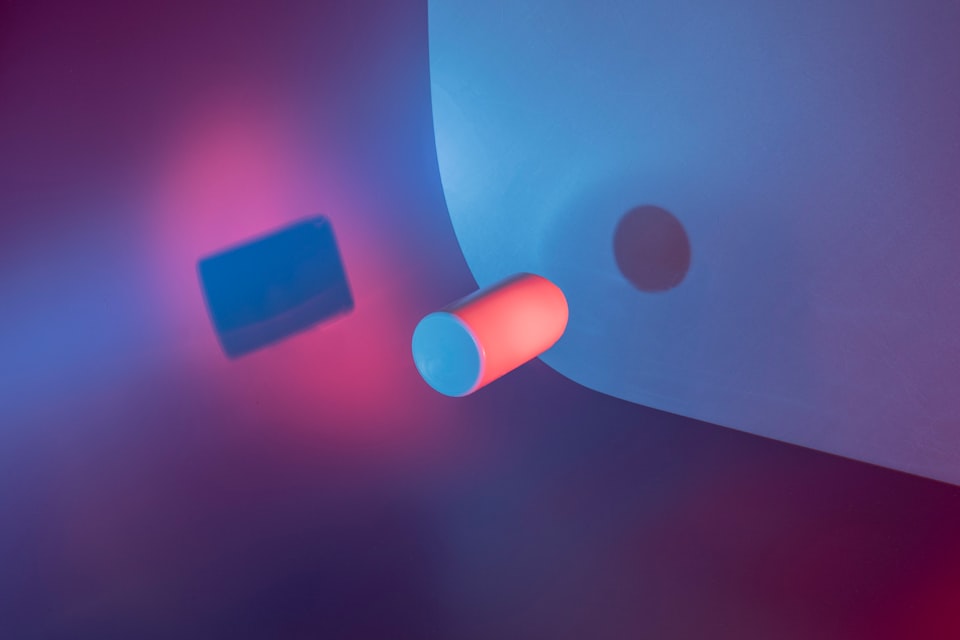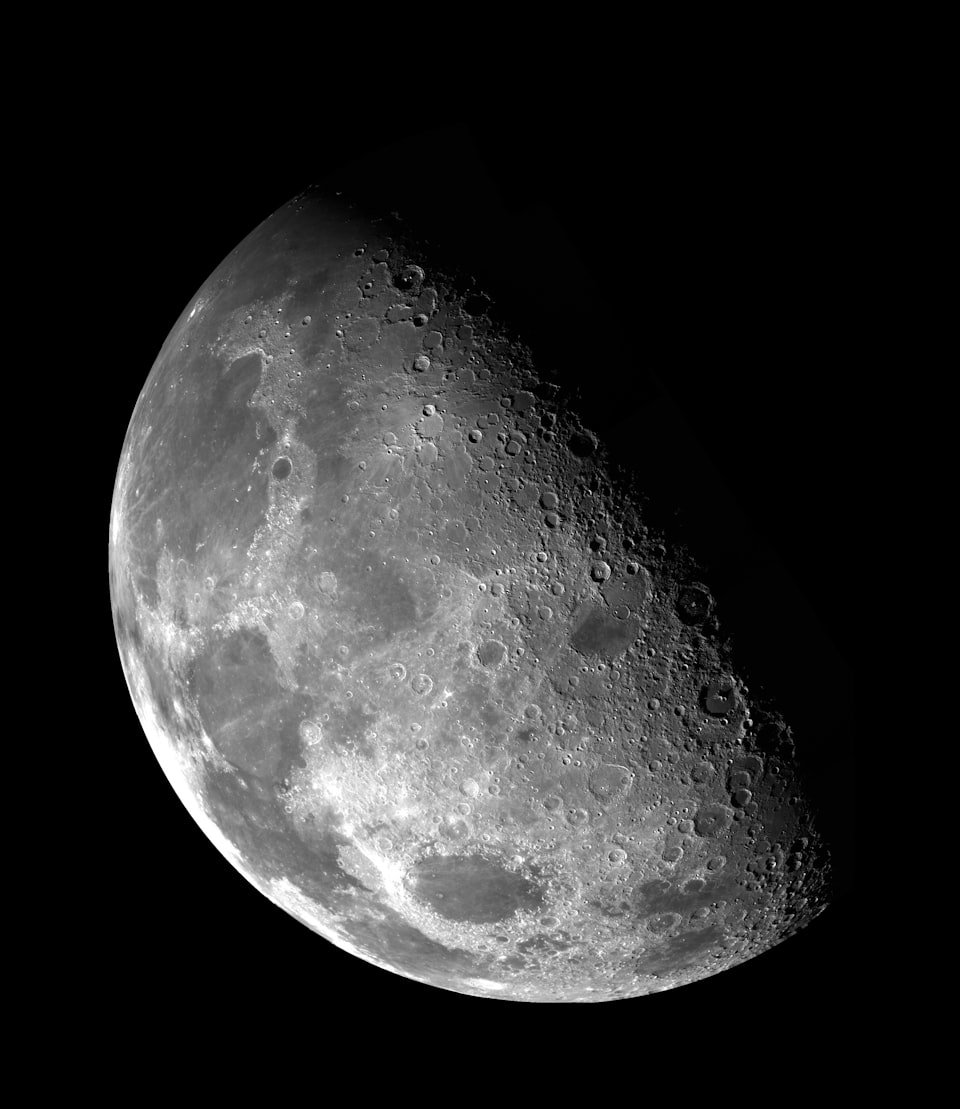What is Science? How do we know if something is scientific or not? Are our definitions of science solid? On what basis can we trust scientific claims or any kind of claims for that matter? These were the questions that I came across when I was reading some articles in the pursuit of writing one another "Cool Concepts" blog post. But when I started reading about this, I couldn't help but go down a spiral of articles about an almost century-old concept that has questioned the very definition of science, especially more so in the last decade — Falsifiability. After understanding it to an extent, this took me on a roller-coaster ride of how we think of science. At this point, I think it's safe to say that I haven't comprehended its implications fully, but here's an attempt to record what I've learned so far about the topic.
A story of the 20th century
The early 1900s was a time when Einstein was doing wonders in Science and Sigmund Freud was making tremendous progress in psychoanalysis and psychology. During this time, a young Philosopher named Karl Popper started observing both of them and found differences in their approaches to thinking about the world. While Einstein was working on his Theory of Relativity, Freud was claiming that most of the behaviors of adults can be reasoned out by how their childhoods were.
He studied their methods keenly and observed that Einstein and Freud worked differently. While Freud was looking at past data to reason out the present, Einstein was looking at present data to make predictions about the future. Freud was always able to find ways to fit any situation to justify his claims — he didn't make any predictions that could be tested. Einstein's methods were equally risky too. If the future did not hold up to Einstein's claims, his theories would be conclusively disproven. But the difference between the two is that Einstein's methods were testable and had the potential to be proven wrong. Whereas in Freud's case, he just looked at the past differently to fit his claims.
Popper observed that not all scientific achievements were created equally. Hence, he made a distinction between science and what he called Pseudo-science. He said that any theory can be claimed as scientific only if it's testable, falsifiable, and refutable. He wrote that a theory that can't be proven false, i.e., a theory that is vague and flexible enough to encompass all possible outcomes of experimentation, is scientifically useless.
According to him, a scientific theory must contain the key to its downfall. It should make predictions that can be tested and if the experiments prove them to be false, they should be discarded. According to him, discarding scientific theories by proving them wrong is good because it brings us closer to the truth. When a theory is not testable, there is no way to disprove it and hence we are stuck with the theory. Popper said that methods like Freud's that only serve to confirm beliefs were pseudo-science and they could be used to prove anything.
The existence of Santa Claus
Consider the existence of Santa Claus. The world is full of pieces of evidence of the presence of Santa Claus. There are Santa dolls and masks, people dressing up like Santa everywhere, there are presents under the Christmas tree, and there are all these songs, movies, and TV shows showing the presence of Santa Claus. All these confirm a belief that Santa Claus exists. Popper said that it is only by seeking to disprove Santa's existence that you can demonstrate his unreality.
So he raised an important question — When we begin to test a theory, are we looking to confirm it, or disconfirm it? According to Popper, Science disconfirms and Pseudo-science confirms. It's easy to confirm a theory if you're looking for it — it has a term in psychology called "The Confirmation Bias". But a genuine test of a theory is something that attempts to falsify it. To test Santa's reality, we must look to prove that he doesn't exist rather than prove that he does. If we cannot prove that he doesn't exist, then we can accept that he does. We all know the truth of his existence now, that he's a mythical character.
This concept can be applied to any theory or idea. The only way to confirm our beliefs and claims is to put them to vigorous tests. And if it is indeed proven false, we should be ready to give it up. Popper's methods teach us that we should always keep our minds open that our knowledge and beliefs might be wrong and give them up if they are.
The story of today
Everything until now made all the sense in the world. However, the roller-coaster started when I saw an article from the Scientific American Journal which raised a lot of questions. I realized that even Popper's theory of falsifiability may have the key to its downfall. Now we delve into theoretical physics, which has been put into question lately. The question if certain areas of theoretical physics count as science has been under debate by a lot of physicists and cosmologists for a long time. In December 2015, the physicists from either side of the debate sought the help of the philosophers of science by calling for a workshop called "Why Trust a Theory? Reconsidering Scientific Methodology in Light of Modern Physics", at the Ludwig Maximilian Univesity at Munich, Germany. They called them to address how certain areas of theoretical physics have escaped the realities of experimental science.
Is String Theory, science?
String Theory was one of their main topics of discussion. In simple terms, String Theory proposes that all fundamental constituents of the universe like electrons, neutrons, etc., are one-dimensional strings and not point-like particles. String theory is considered the potential "Theory of Everything", which pretty much explains most of the behaviors of our universe in terms of vibrations of these strings, and it bridges an important gap between Quantum Field Theory and General Relativity. These two domains underpin nearly all of modern physics.
The technical details of these concepts are for another blog post, but this workshop was arranged as a result of an article published in the Nature Journal by a cosmologist George Ellis (University of Cape Town, South Africa), and an astronomer Joseph Silk (John Hopkins University, Maryland, USA). The duo wrote in their article that they are "Faced with difficulties in applying fundamental theories to the observed Universe", and argued that, though String Theory makes some predictions about the nature of the universe, it cannot be considered scientific, as it is not testable with the current technology we have. They also sighted another example — the Multiverse Theory, which postulates that the Big Bang gave birth to multiple universes which might have different conditions and rules than ours.
As far as String Theory is concerned, the strings are too tiny to detect using today's technology, but some theoretical physicists like David Gross (University of California in Santa Barbara, USA), and Carlo Rovelli (Aix-Marseille University, France) argue that String Theory is still worth pursuing because it can be falsified in principle. They argued that String Theory could be potentially falsified through experiments if we had the right technology for it, and we shall keep working on getting it tested.
David Gross drew an important distinction between the String Theory and the Multiverse Theory, that String theory is testable and falsifiable at least in principle, while the multiverse theory can't even be tested in principle. We don't know how to even think of testing it yet. He also mentioned that String Theory is the only way to go as there are no alternatives to it to bridge our gaps of knowledge. Rovelli blatantly dismissed Gross' claim that String Theory is popular because of the lack of alternatives, as he has spent years working on another theory called the Loop Quantum Gravity. Despite their stands, both String Theory and Loop Quantum Gravity are not testable right now.
Philosophical and Historical perspectives
Philosopher Richard Dawid (Ludwig Maximilian University, Munich, Germany), in his book "String Theory and the Scientific Method" 2003 wrote that, "string theorists had started to follow Bayesian statistics, which estimates the probability of a certain prediction based on our prior knowledge, and revises the estimate based on newly acquired information. But physicists have started using purely theoretical factors such as the internal consistency of the theory or the absence of credible alternatives, instead of basing their revisions on actual experimental data. Ellis agreed with this saying, "New evidence must be experimental evidence".
Historian of science Helge Kragh (Aarhus University, Denmark) drew on a historical perspective. “Suggestions that we need ‘new methods of science’ have been made before, but attempts to replace empirical testability with some other criteria have always failed. But at least the problem is confined to just a few areas of physics. String theory and multiverse cosmology are but a very small part of what most physicists do”, he said. The workshop didn't result in either side of the debate agreeing on anything, but it sure sparked a lot of questions about what science is and how we should view such theories.
Observations and takeaways
The debate still lives. While the experts are at it, as a student of science, I think these are two sides of the same coin. While it's reasonable to make testable predictions to qualify a theory as scientific, Science has historically evolved due to radical and impossible ideas. Many theories which were considered impossible, have been tested in the later years. There are theories and concepts which are not testable right now, which includes dark matter which constitutes around 95% of our universe. So all of our paradigms are based on just our knowledge of the 5% of the universe, and we should be open to changing our beliefs in light of new evidence, including the definition of science itself.
Curiosity and openness to change are fundamental to science. Curiosity fuels radical ideas, makes impossible predictions, pushes us to experiment, and revise our assumptions based on experiments. Openness pushes us to update our theories and beliefs when we have new information. In most of our work environments, we come up with ideas, plans, and theories of our own more often than not. As long as we can falsify something in principle, we could keep working towards falsifying it in practice and be open to updating/dropping our theories and beliefs based on the results. After all, we're still figuring things out. Let's see where our curiosity takes us. Thanks for reading. Dare to imagine. Peace out!
References
Many technical details of the concepts and other side debates are out of the scope of this blog post. Here's a list of references I used for writing:
- Is String Theory Science? — Scientific American.
- Scientific Method: Defend the integrity of physics. — Nature.
- Why String Theory Is Not A Scientific Theory — Forbes.
- Beyond Falsifiability: Normal Science in a Multiverse — Sean M. Carroll, California Institute of Technology, Pasadena.
- The Idea That a Scientific Theory Can Be ‘Falsified’ Is a Myth — Scientific American.
- Falsification and its discontents — Scientific American.
- Falsifiability and physics — Symmetry Magazine.
- Why Trust a Theory? Reconsidering Scientific Methodology in Light of Modern Physics — Ludwig Maximilian University, Munich, Germany.
- Confirmation Bias And the Power of Disconfirming Evidence — Farnam Street Blog.
- A fight for the soul of science — Quanta Magazine.
- The Need for Experimental Falsifiability in String Theory — dummies.com.
- Does Science need falsifiability? — pbs.org
- The Map of Physics — Domain of Science.
- The Map of Quantum Physics — Domain of Science.
- Karl Popper, Science, & Pseudo-Science — PBS Digital Studios (Crash Course).



